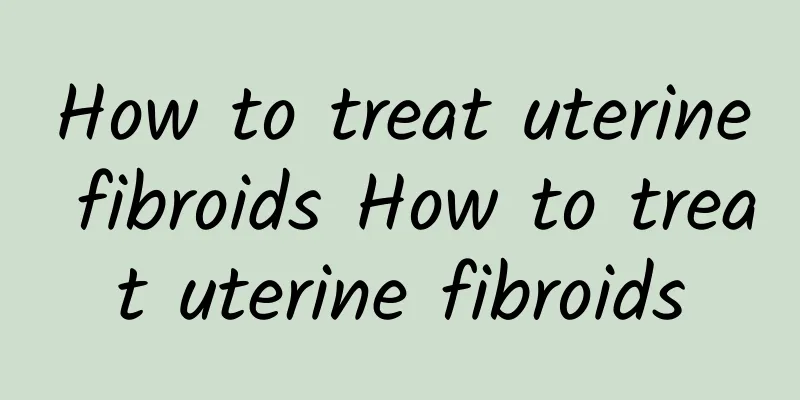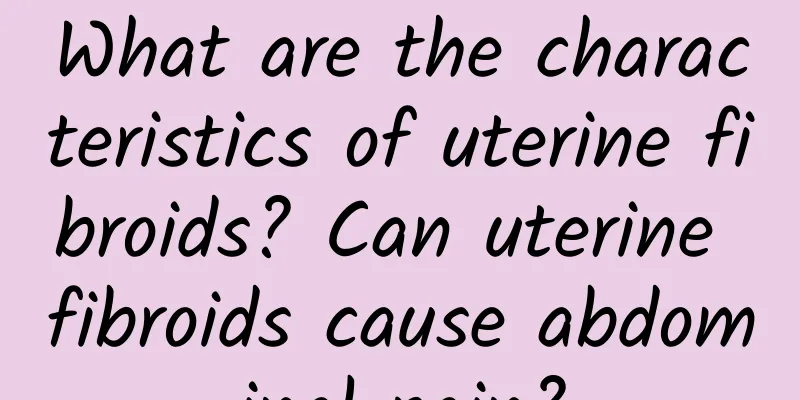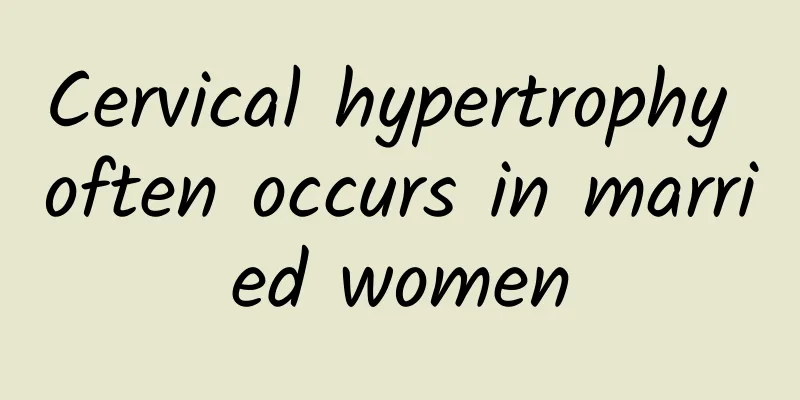How to treat uterine fibroids How to treat uterine fibroids

|
Uterine fibroids are the most common type of tumor in the female reproductive organs and one of the most common tumors in the human body. They are also called fibroids and uterine fibroids. Because uterine fibroids are mainly composed of the proliferation of uterine smooth muscle cells, and a small amount of fibroid connective tissue exists as supporting tissue, they are more accurately called uterine leiomyoma. Uterine fibroids. Most patients have no symptoms and are only occasionally discovered during physical or gynecological examinations. If there are symptoms, they are closely related to the growth site, speed, degeneration and complications of the fibroids, and are relatively less related to the size and number of the fibroids. Here are some treatments 1. Medication (1) Gonadotropin-releasing hormone agonists (GnRH-a) are currently commonly used in clinical practice. GnRH-a include leuprorelin (Enanton), goserelin (Zoloft), triptorelin (Dapiga), etc. GnRH-a should not be used for a long time. It is generally used for 3-6 months to avoid causing severe menopausal symptoms caused by low estrogen. You can also supplement with a small dose of estrogen to resist this side effect. (2) Mifepristone is a progesterone antagonist that has been clinically used in the treatment of uterine fibroids in recent years. It can reduce the size of fibroids, but the fibroids grow more after discontinuation of the drug. (3) Danazol is used for preoperative medication or to treat uterine fibroids that are not suitable for surgery. Uterine fibroids can grow after the drug is stopped. Taking danazol causes liver damage and androgenic side effects (weight gain, acne, deepening of the voice, etc.). (4) Tamoxifen can inhibit the growth of fibroids. However, it should be noted that some patients may experience an increase in the response of uterine fibroids, and may even induce endometriosis and endometrial cancer. (5) Commonly used androgen drugs include methyltestosterone (methyltestosterone) and testosterone propionate (testosterone propionate), which can inhibit the growth of fibroids. Pay attention to the dosage to avoid masculinization 2. Surgery Surgical treatment of uterine fibroids includes myomectomy and hysterectomy, which can be performed abdominally, vaginally, or endoscopically (hysteroscopy or laparoscopy). The choice of surgery and surgical method depends on factors such as the patient's age, fertility requirements, size of the fibroid, location of growth, and medical technology conditions. (1) Myomectomy is a surgery to remove uterine fibroids and preserve the uterus. It is mainly used for young women under 40 who wish to retain their fertility. It is suitable for fibroids; menorrhagia; compression symptoms; fibroids causing infertility; submucosal fibroids; fibroids that grow rapidly but do not become malignant. (2) Hysterectomy Hysterectomy > 2.5 months of pregnancy, obvious symptoms, the possibility of malignant changes in fibroids, and no fertility requirements are suitable for hysterectomy. Hysterectomy can be done by total hysterectomy or subtotal hysterectomy. The elderly, especially those with severe cervical hypertrophy, cracks or erosion, are suitable for total hysterectomy. The possibility of cervical malignancy must be eliminated before surgery. 3. Uterine artery embolization The arterial catheter is directly inserted into the uterine artery, and permanent embolic particles are injected to block the blood supply to the uterine fibroids, causing the fibroids to shrink or even disappear. UAE is currently mainly suitable for uterine fibroids with symptoms such as anemia caused by abnormal uterine bleeding. When choosing interventional treatment for uterine fibroids, caution should be exercised, especially for patients with uncontrolled pelvic inflammation, those who wish to retain fertility, arteriosclerosis, and contraindications to angiography. The rate of malignant transformation (i.e. sarcoma transformation) of uterine fibroids is very low, about 0.4-0.8%. But we still need to be alert to the risk of malignant changes. Uterine fibroids can usually be divided into subserosal fibroids, intramural fibroids, submucosal fibroids or cervical fibroids, broad ligament fibroids, etc. Different types of uterine fibroids may show clinical manifestations such as menorrhagia, lower abdominal mass or dysuria. Among women over 35 years old, about 20% have uterine fibroids, but because the tumor develops slowly and has no clinical symptoms, many people are not discovered and treated in their lifetime. If the patient has no obvious symptoms, the fibroids are not large (generally the uterus does not exceed 3 months of pregnancy), and there are no signs of malignant changes, regular follow-up observations can be performed. |
<<: How to treat uterine fibroids? What is the best food to eat for uterine fibroids?
Recommend
Can’t lose weight! Stubborn fat becomes a stumbling block to weight loss
Text/Qiu Zhenghong (Plastic Surgeon) The culprit ...
What are the causes of acute cervicitis?
Acute cervicitis is relative to chronic cerviciti...
What are the treatments for vulvar leukoplakia atrophy?
What are the treatments for vulvar leukoplakia at...
Does adenomyosis affect ovulation?
Nowadays, there are many factors that lead to fem...
What medicine is good for pelvic inflammatory disease
Pelvic inflammatory disease is a pelvic inflammat...
What should be done to prevent acute pelvic inflammatory disease
Everyone wants to have a healthy body, but there ...
What should female patients with cervical erosion eat? Diet therapy for patients with cervical erosion
If you suffer from cervical erosion, your health ...
What are the symptoms of vulvar leukoplakia? What are the early symptoms?
What are the symptoms of vulvar leukoplakia? Ther...
Blind dieting is the cause of irregular menstruation in women
Female friends all know that bad living habits ar...
What to do if a 16-year-old has abnormal leucorrhea
Abnormal leucorrhea at the age of 16 may be cause...
Do you know how to diagnose vulvar leukoplakia?
Nowadays, vulvar leukoplakia has become a gynecol...
What to do with mild uterine fibroids? Symptoms of mild uterine fibroids
The occurrence of uterine fibroids is related to ...
Can Chinese medicine cure amenorrhea?
Traditional Chinese medicine can treat amenorrhea...
Research: Exercise for 20 minutes a day to keep away from the risk of COVID-19! "Healthy Master Challenge" achieved fruitful results
See a doctor for treatment, and rely on yourself ...
Losing weight is not just about eating less and exercising more. Pressing two acupoints on the palm and back of the hand can help
Many people find that after they start working, t...









